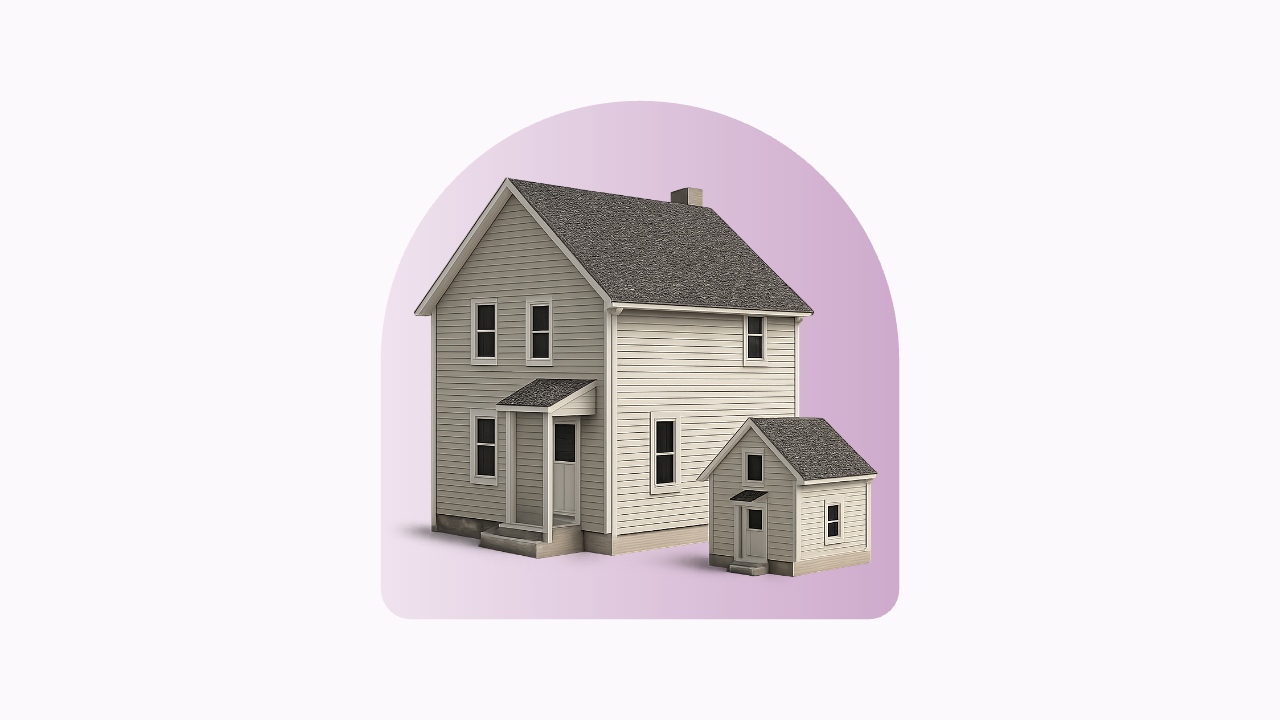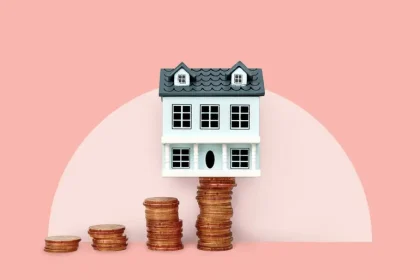Key takeaways
- The typical mortgage payment doubled between 2020 and 2024, while today’s new homes are smaller than they have been in more than 10 years.
- Experts caution that home size isn’t always the best measure of value, especially in competitive markets with rising home prices.
- Buying a smaller home you can afford now is generally a better move than waiting to buy a larger home.
If you’ve been hoping to buy a home, you’d be forgiven for feeling discouraged. Home prices keep rising, and mortgage rates are flirting with 7 percent — plus, new home sizes are shrinking, meaning you’re likely to pay more for a smaller house. On the other side of the housing equation, it’s now cheaper to rent in all the nation’s 50 largest metros, according to Bankrate’s Rent vs. Buy Study.
For some, lifelong renting truly is the way to go. But if you’re inclined to buy and can afford a monthly payment, don’t let the stats put you off. According to experts, home size isn’t always the best way to think about home value — and it’s usually better to buy sooner than later.
Buyers are paying more for smaller homes
When you look at the numbers, homebuying these days is a daunting prospect. Nationwide, thanks to rising home prices and interest rates, the typical mortgage payment doubled between 2020 and 2024 — from around $1,100 to around $2,200 — according to a Bankrate analysis.
And while mortgage rates are no longer skyrocketing, home prices continue to rise. In fact, the median existing home price increased to $414,000 in April 2025, marking the 22nd straight month of year-over-year price increases, according to the National Association of Realtors (NAR).
At the same time, the median new home was 2,150 square feet in 2024, according to the U.S. Census Bureau. That’s the smallest median square footage in 15 years.
“Many buyers have been forced to pay more for a smaller home,” says Melissa Cohn, regional vice president for William Raveis Mortgage.
“This trend isn’t confined to new builds,” says Anthony Kellum, founder of Kellum Mortgage.
“Existing homes are also selling at higher price points, sometimes outpacing their value in square footage or condition, particularly in hot markets where demand continues to outweigh supply.”
It’s all about location
While nationally, the trend has been toward smaller and more expensive homes, this is most true in the Northeast and Midwest. Many areas of the South — particularly in Texas and Florida — that were in high demand two or three years ago have cooled considerably, according to data from Realtor.com.
The contrast is due in part to the differences in housing inventory. According to Realtor.com, the South saw 33.3 percent year-over-year growth in housing inventory, surpassing pre-pandemic norms. Meanwhile, the Northeast and Midwest still have wide gaps between supply and demand, which is keeping markets competitive and costly, although demand has fallen in the past few years.
That is to say, some buyers are more likely than others to pay more for a smaller home — but if you do find yourself in an especially competitive market, don’t panic. For Kellum, location is often a better indicator of value than square footage.
“A smaller home in a strong location often outperforms a larger home in a less desirable area,” says Kellum. You need to consider school districts, community development and resale value, according to Kellum.
Smaller homes mean smaller home costs
It’s notable, too, that a smaller home can mean lower maintenance costs, as well as lower homeowners insurance premiums.
“The square footage of your home has a direct impact on home insurance costs,” says Shannon Martin, insurance expert at Bankrate. “The bigger the home, the more materials and labor are needed to repair it when it’s damaged. Keep in mind that when your dwelling limit increases, so does the limit on other structures, personal property and loss-of-use coverage.”
In fact, 29 percent of Americans surveyed said they’d consider downsizing in order to afford a new home, according to Bankrate’s Home Affordability Report.
“Mortgage balances are just one piece,” says Kellum. “Focus on total monthly costs — principal, interest, taxes, insurance — and make sure they align with your budget.”
There is no “perfect time” to buy
Rising costs may be especially off-putting for first-time homebuyers who want to skip the starter home and go straight to a forever home.
While, traditionally, buyers have used starter homes as stepping stones to something more permanent, this attitude may be shifting. According to a recent survey by BMO, 66 percent of Gen Z renters and 61 percent of Millennial renters prefer a forever home to be their first home purchase.
The relative affordability of rent is encouraging this holding pattern. Many would-be buyers are waiting for the right home at the right price and the right time to make a move.
But according to Kellum, buyers need to strike a balance. You’ll want to stay in a home for at least five years to recoup closing and moving costs, and the sooner you buy, the sooner you can start building equity. That could mean compromising now with plans for home improvements or another home in the future.
And there’s no guarantee that there will be a more affordable time to buy a home. Even if demand lags, prices could continue to rise due to other factors, such as tariffs and labor shortages. With rising home prices also comes rising insurance and taxes, as we’ve seen in recent years. And the kicker: With further inflation, mortgage rates could rise, too.
“Don’t wait for ‘perfect,’” Kellum says. “The ideal home may not exist at your price point today, but getting in the market is often more important than waiting on the sidelines.”
Read the full article here
















